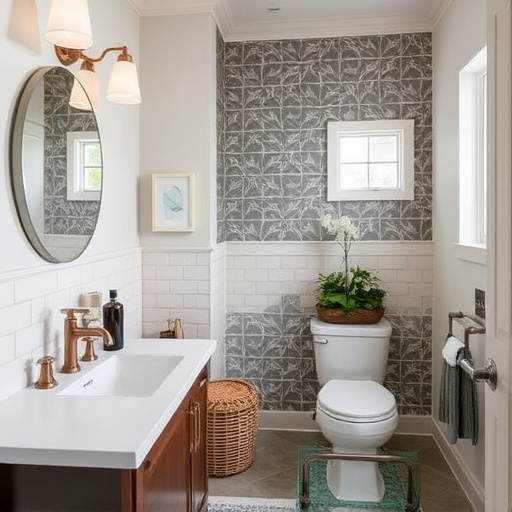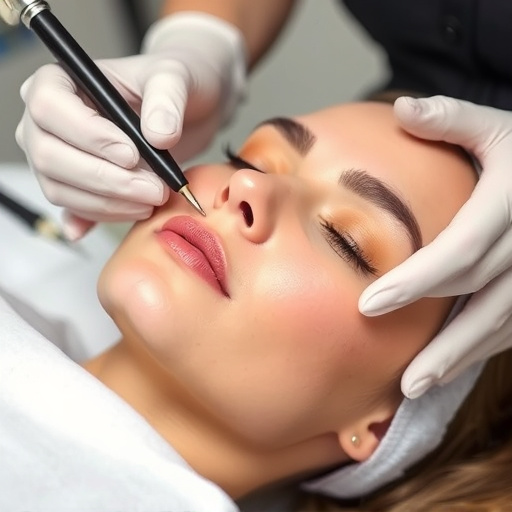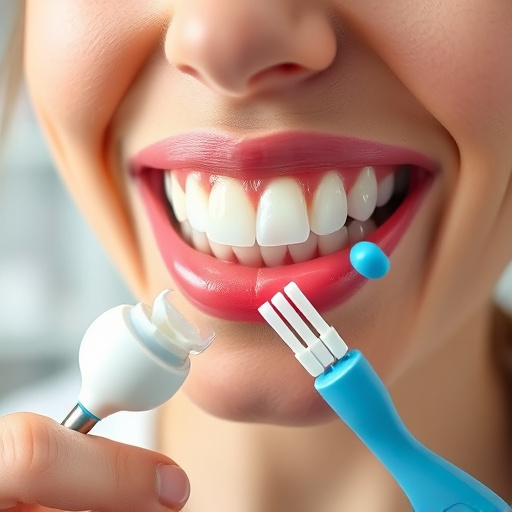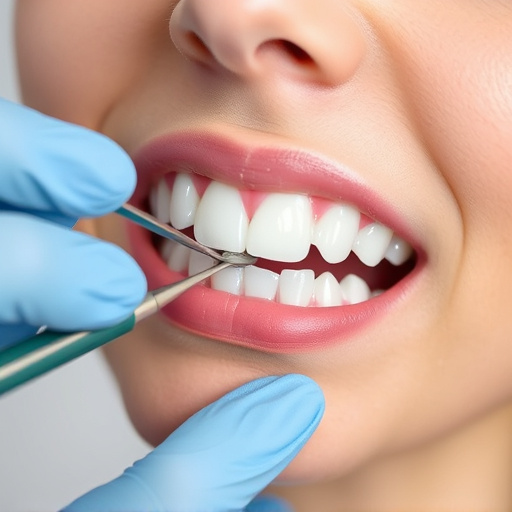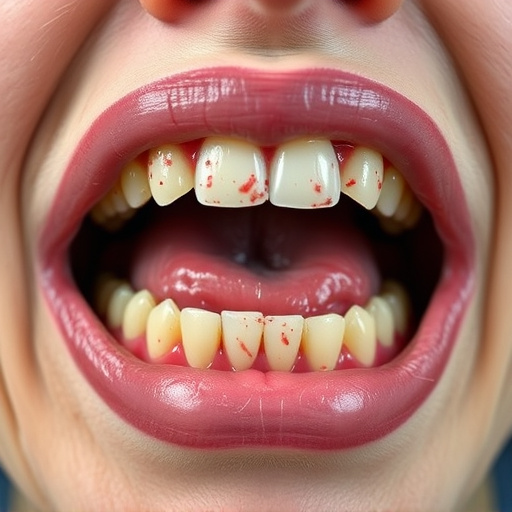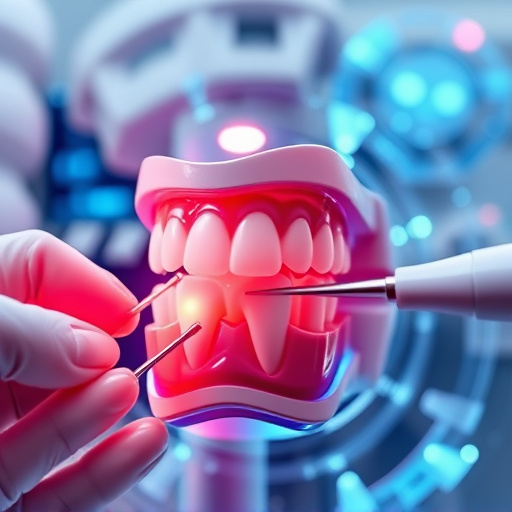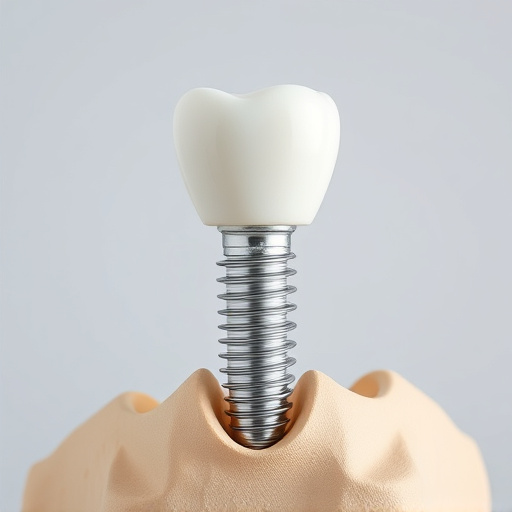Dental crowns and bridges are versatile tools in dentistry, providing both functional and aesthetic benefits. Traditional metal alloys like gold and platinum offer durability, while recent innovations feature ceramic materials for enhanced cosmetic appeal. Choosing between all-ceramic, PFM (porcelain fused to metal), or resin composite bridges depends on individual needs, with factors like material aesthetics, chewing forces, and hygiene playing key roles. Proper oral hygiene and gum health are essential for long-term success, making personalized recommendations from a dentist crucial for optimal results.
Dental crowns and bridges are essential restorative dentistry solutions, offering durability and strength to enhance oral health and aesthetics. This article delves into the world of durable dental crowns and bridges, exploring various materials and their longevity. We’ll guide you through modern options, analyzing advantages, disadvantages, and critical factors for choosing the right treatment. Whether you’re a patient seeking information or a dentist looking to educate, this overview ensures you make informed decisions regarding dental crowns and bridges.
- Understanding Dental Crowns and Bridges: Materials and Durability
- Types of Modern Dental Crowns and Bridges: Advantages and Disadvantages
- Choosing the Right Option: Factors to Consider for Longevity
Understanding Dental Crowns and Bridges: Materials and Durability
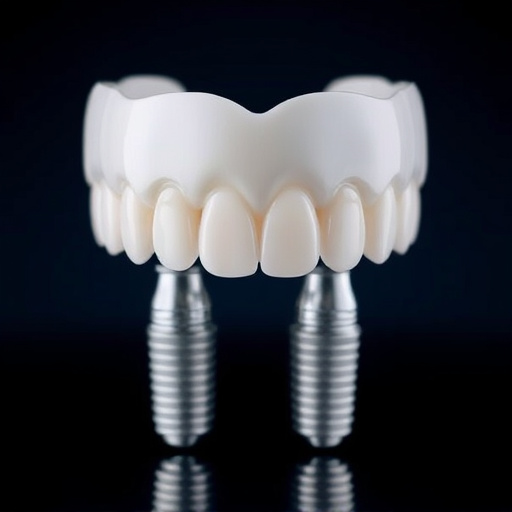
Dental crowns and bridges are essential components of comprehensive dental care, offering both functional and aesthetic benefits. Crowns, in simple terms, serve as a cap over a damaged or decayed tooth, while bridges replace missing teeth by connecting adjacent teeth together with a prosthetic replacement. The materials used in their construction significantly impact durability and strength.
Metal alloys, such as gold and platinum, have long been the go-to choice for dental crowns due to their resilience and longevity. These materials are highly resistant to corrosion and wear, ensuring they maintain their integrity over time. Modern advancements have also introduced ceramic crowns that mimic the appearance of natural teeth, making them a popular option for those seeking both durability and cosmetic fillings. Similarly, bridges can be crafted from these materials, offering robust support while seamlessly integrating into the existing dentition, contributing to preventive dentistry by restoring proper occlusion and oral health.
Types of Modern Dental Crowns and Bridges: Advantages and Disadvantages
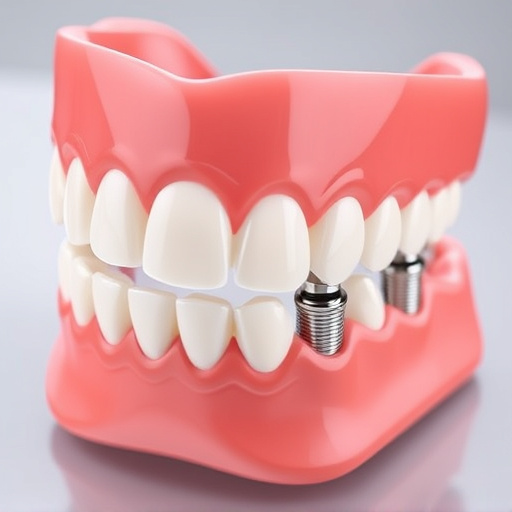
Modern dental crowns and bridges come in various types, each offering unique advantages tailored to different needs. One popular option is the all-ceramic crown, known for its natural appearance, durability, and biocompatibility, making it ideal for those seeking a subtle restoration. This type is particularly well-suited for individuals with metal allergies or who prefer an esthetically pleasing solution. On the other hand, porcelain fused to metal (PFM) crowns provide increased strength and longevity compared to all-ceramic options, though they may not be as natural-looking. PFMs are a popular choice for back teeth due to their ability to withstand heavy chewing forces.
Bridges, another essential restorative dentistry solution, can be constructed using various materials. Traditional pontics are often made from precious metals or ceramics, offering stability and long-term durability. For those seeking a more discreet option, resin composite bridges provide a lightweight alternative with excellent aesthetic results. However, they may not be as strong as their metal counterparts and require proper oral hygiene to prevent bacteria buildup. Comprehensive dental care involves considering these options based on specific patient needs, ensuring lasting functionality, and maintaining overall oral health.
Choosing the Right Option: Factors to Consider for Longevity
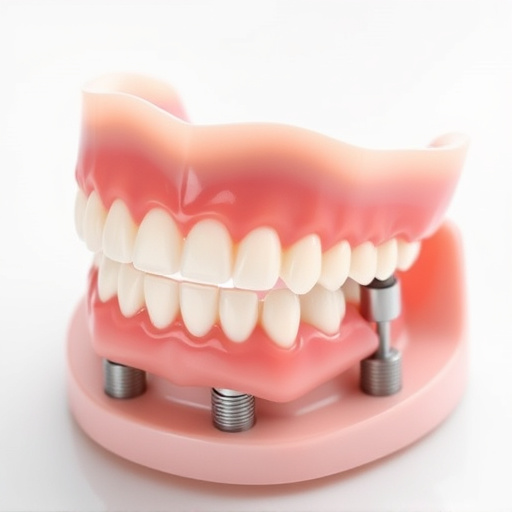
Choosing the right dental crown or bridge option is a crucial step in ensuring longevity and maintaining your oral health. Several factors come into play when deciding on the best treatment for your specific needs. One key consideration is the material used; traditional metal crowns offer durability but may not be as aesthetically pleasing, while ceramic or porcelain crowns match the color of your teeth, providing a more natural look. For bridges, an option like dental bonding can offer a less invasive procedure, whereas more permanent solutions include traditional bridgework or even clear aligners for specific cases.
The long-term success also depends on factors like gum health, the amount of tooth structure remaining, and your overall oral hygiene practices. It’s essential to discuss these options with your dentist, who can guide you based on your unique situation. They can recommend the most suitable dental crowns or bridges, ensuring they are well-fitted, properly secured, and aligned to last for many years while also enhancing your smile aesthetic.
When it comes to restoring damaged or missing teeth, both dental crowns and bridges offer durable solutions. By understanding the materials, their longevity, and individual needs, patients can make informed decisions. Modern options cater to various preferences and budgets while ensuring structural strength and aesthetic appeal. Choosing the right crown or bridge type is key to achieving long-lasting, functional, and beautiful smiles.



